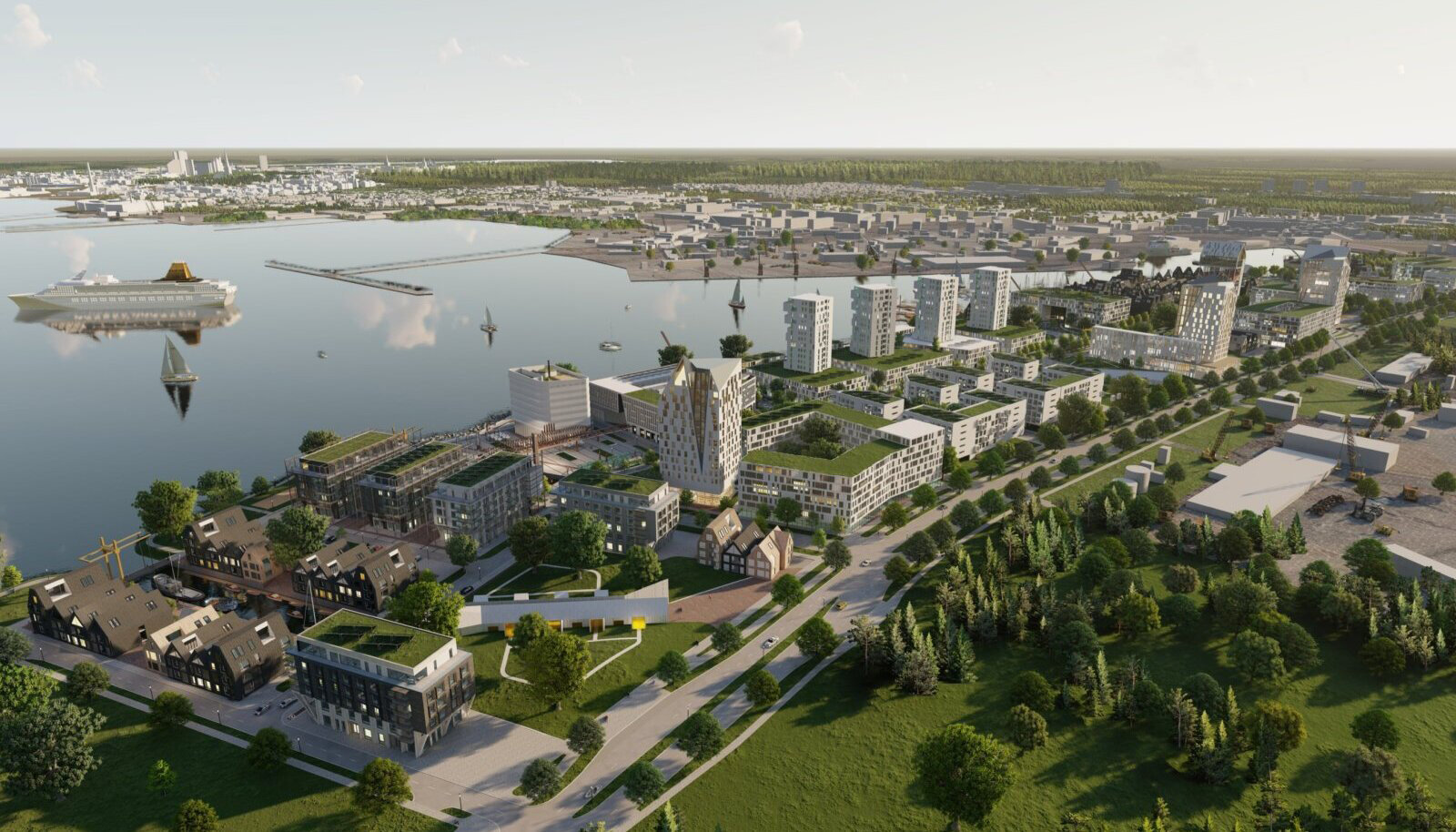The Green Neighbourhoods of the Future
Over 75% of European citizens live in urban areas and that number is expected to increase to 84% in 2050. With the cities and their populations growing, the usage of natural resources and energy is on the rise making cities major contributors to climate change. In addition to affecting the natural environment, urban areas have a direct impact on the economy and the wellbeing of their citizens.
More than ever before, cities need to become more sustainable – environmentally, socially and economically. We need to rethink the way the cities and their neighbourhoods are designed, take a holistic approach and create a model that improves the quality of life in urban areas without high environmental costs.
That’s the challenge we’ve set out to solve at Wolfscape. We are developing a blueprint of a future neighbourhood that’s circular by design, aiming to create harmony between natural and built environments.
Our approach
We believe cities must not only become more resource-efficient but also transition from the current linear economy – also known as the take-make-waste economy – to a circular system. “Under this ‘linear system’, cities consume over 75% of natural resources, produce over 50% of global waste, and emit between 60-80% of greenhouse gases,” according to the Ellen MacArthur Foundation. A circular economy on the other hand aims to reduce waste and maximize resources by moving away from the linear approach to a system that focuses on product longevity, renewability, reuse, and repair. The shift to a circular model will not only bring environmental but also economic and social benefits.
The model we’re creating will include solutions to challenges across the whole urban system including areas such as energy, mobility, waste management, public spaces and social inclusion.
When creating the model, we rely heavily on academic research, the latest technologies, and the global smart city success stories. We’ve taken a collaborative approach and will work tightly together with various private and public stakeholders, including universities, startups, urban planners, developers, city officials, and the local communities.
The pilot project
We will implement the strategies developed for the blueprint to turn an industrial seaside area in a prime location in North Tallinn into a climate-neutral neighbourhood that will be the first of its kind in Estonia and in the Baltics.
We’re uniting the individual landowners of the 480 000 m2 area under one company, aligning everyone’s interests and coordinating activities. In this way, we can ensure that the future neighbourhood is created as a whole, instead of smaller areas being developed separately as it’s often done in conventional urban development.
The area will be equally shared between residential and commercial buildings, making a great living environment and a fertile location for green businesses to flourish. The building blocks of the neighbourhood are a renewable energy infrastructure, people-friendly mobility networks enabling minimal use of cars, smart buildings and a circular waste management system, plenty of greenery that’s integrated into both landscape and buildings, and public spaces designed to bring people together.
The goal isn’t to create a “green island” in Tallinn but to contribute to making the whole city a smarter, greener and more pleasant place to live, hopefully influencing more similar neighbourhoods to emerge anywhere else in the world.
Get in touch if you want to get involved
We are always in search of new project partners, knowledge, and ideas. We’re especially interested in different cleantech and smart city solutions that could be integrated into the pilot project.



